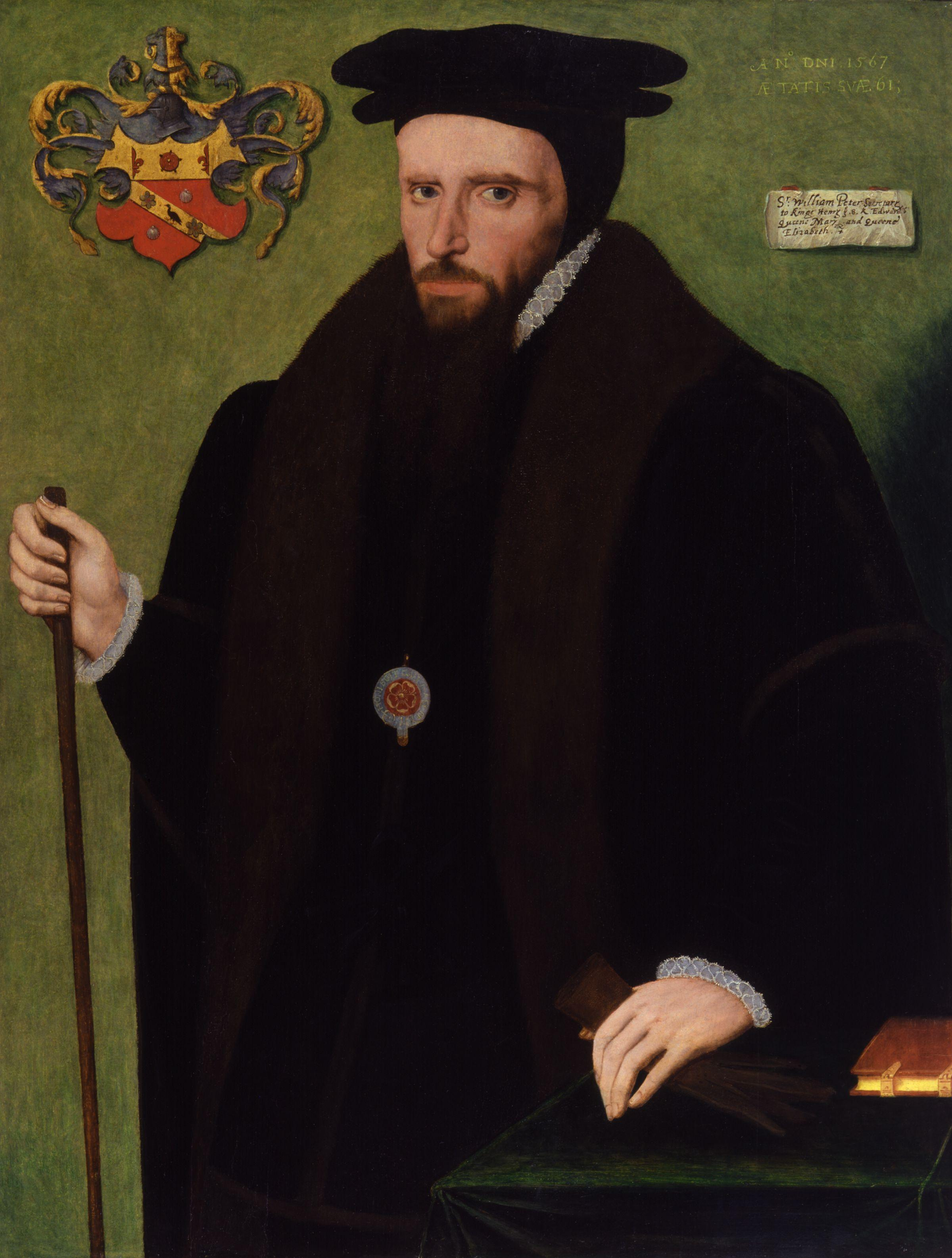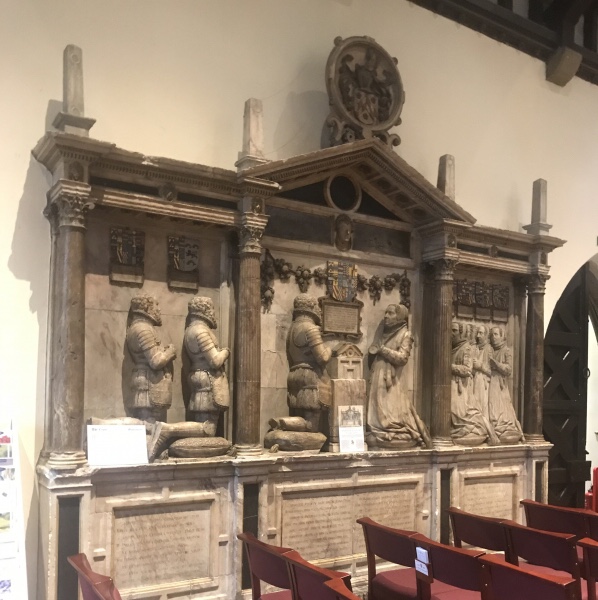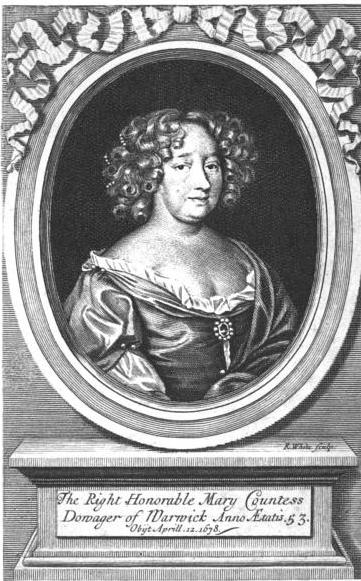|
Custos Rotulorum Of Essex
This is a list of people who have served as custos rotulorum of Essex. * Sir William Petre bef. 1544–1572 * Sir Anthony Cooke c. 1573–1576 * Sir Thomas Mildmay c. 1577–1608 * Thomas Howard, 1st Earl of Suffolk bef. 1621–1624 * Theophilus Howard, 2nd Earl of Suffolk 1624–1640 * William Maynard, 1st Baron Maynard 1640 * Robert Rich, 2nd Earl of Warwick 1640–1642 * James Hay, 2nd Earl of Carlisle 1642–1646, 1660 * Charles Rich, 4th Earl of Warwick 1660–1673 * William Maynard, 2nd Baron Maynard 1673–1688 * Thomas Petre, 6th Baron Petre 1688 For later custodes rotulorum, see Lord Lieutenant of Essex. ReferencesInstitute of Historical Research - Custodes Rotulorum 1544-1646 {{Custode ... [...More Info...] [...Related Items...] OR: [Wikipedia] [Google] [Baidu] |
Custos Rotulorum
''Custos rotulorum'' (; plural: ''custodes rotulorum''; Latin for "keeper of the rolls", ) is a civic post that is recognised in the United Kingdom (except Scotland) and in Jamaica. England, Wales and Northern Ireland The ''custos rotulorum'' is the keeper of an English, Welsh and Northern Irish county's records and, by virtue of that office, the highest civil officer in the county. The position is now largely ceremonial. The appointment lay with the Lord Chancellor until 1545, but is now exercised by the Crown, under the Royal sign-manual, and is usually held by a person of rank. The appointment has been united with that of the lord-lieutenancy of the county throughout England since 1836. The ''custos rotulorum'' of Lancashire was formerly appointed by the Chancellor of the Duchy of Lancaster, and that of County Durham vested in the Bishop of Durham until the abolition of its palatine rights. Traditionally, he was one of the justices of the peace. The custos rotulorum of the Isl ... [...More Info...] [...Related Items...] OR: [Wikipedia] [Google] [Baidu] |
Essex
Essex () is a county in the East of England. One of the home counties, it borders Suffolk and Cambridgeshire to the north, the North Sea to the east, Hertfordshire to the west, Kent across the estuary of the River Thames to the south, and Greater London to the south and south-west. There are three cities in Essex: Southend, Colchester and Chelmsford, in order of population. For the purposes of government statistics, Essex is placed in the East of England region. There are four definitions of the extent of Essex, the widest being the ancient county. Next, the largest is the former postal county, followed by the ceremonial county, with the smallest being the administrative county—the area administered by the County Council, which excludes the two unitary authorities of Thurrock and Southend-on-Sea. The ceremonial county occupies the eastern part of what was, during the Early Middle Ages, the Anglo-Saxon Kingdom of Essex. As well as rural areas and urban areas, it forms ... [...More Info...] [...Related Items...] OR: [Wikipedia] [Google] [Baidu] |
William Petre
Sir William Petre (c. 1505 – 1572) (pronounced ''Peter'') was Secretary of State to three successive Tudor monarchs, namely Kings Henry VIII, Edward VI and Queen Mary I. He also deputised for the Secretary of State to Elizabeth I. Educated as a lawyer at the University of Oxford, he became a public servant, probably through the influence of the Boleyn family, one of whom, George Boleyn, he had tutored at Oxford and another of whom was Queen Anne Boleyn, second wife of King Henry VIII. He rose rapidly in the royal service and was knighted in 1543. Sir William Petre was adept at side-stepping the great religious controversies of the day; in January 1544 he was appointed Secretary of State. He navigated the ship of state through the rest of Henry's troubled reign, managing a smooth succession in 1547. He held high office throughout the reigns of Henry VIII, Edward VI, Mary I and Elizabeth I until, owing to ill health he retired a rich man to his manor of Ingatestone, in E ... [...More Info...] [...Related Items...] OR: [Wikipedia] [Google] [Baidu] |
Anthony Cooke
Sir Anthony Cooke (1504 – 11 June 1576) was an English humanist scholar. He was tutor to Edward VI. Family Anthony Cooke was the only son of John Cooke (died 10 October 1516), esquire, of Gidea Hall, Essex, and Alice Saunders (died 1510), daughter and coheiress of William Saunders of Banbury, Oxfordshire by Jane Spencer, daughter of John Spencer, esquire, of Hodnell, Warwickshire. His paternal grandparents were Sir Philip Cooke (died 7 December 1503) and Elizabeth Belknap (died c. 6 March 1504). His paternal great-grandparents were Sir Thomas Cooke, a wealthy member of the Worshipful Company of Drapers and Lord Mayor of London in 1462–3, and Elizabeth Malpas, daughter of Philip Malpas, Master of the Worshipful Company of Drapers and Sheriff of London. Career Cooke served as High Sheriff of Essex in 1545. He was never officially described as tutor to Edward VI. It is now thought he may have been more a companion and guide than a formal teacher. However, in 1555 Caelius Se ... [...More Info...] [...Related Items...] OR: [Wikipedia] [Google] [Baidu] |
Thomas Mildmay
Sir Thomas Mildmay (ca. 1540–1608) was an English courtier and politician. He was born the eldest son of Thomas Mildmay (before 1515–1566), educated at Christ's College, Cambridge and entered Lincoln's Inn in 1559. Walter Mildmay was his uncle. He was elected Member of Parliament for Lostwithiel in the Parliament of 1563-1567 and knighted on 23 June 1567. He was then knight of the shire (MP) for Essex in 1571. He was Sheriff of Essex for 1572 and the Custos Rotulorum of Essex from 1576 to 1608. He married firstly Lady Frances Radclyffe, daughter of Henry Radclyffe, 2nd Earl of Sussex Henry Radclyffe, 2nd Earl of Sussex, KG (also spelt "Radcliffe") (1507 – 17 February 1557) was a son of Robert Radclyffe, 1st Earl of Sussex and his wife Elizabeth Stafford, Countess of Sussex. Marriages and children He was first married to E ..., with whom he had three sons and a daughter and, secondly, Margaret Whettle (or Whitwell). His daughter, Anne, married Sir Roger Appleton ... [...More Info...] [...Related Items...] OR: [Wikipedia] [Google] [Baidu] |
Thomas Howard, 1st Earl Of Suffolk
Thomas Howard, 1st Earl of Suffolk, (24 August 156128 May 1626) of Audley End House in the parish of Saffron Walden in Essex, and of Suffolk House near Westminster, a member of the House of Howard, was the second son of Thomas Howard, 4th Duke of Norfolk by his second wife Margaret Audley, the daughter and eventual sole heiress of Thomas Audley, 1st Baron Audley of Walden, of Audley End. Early life and marriages After the death of his mother on 10 January 1564, the infant Thomas inherited the manor of Saffron Walden and other Audley properties. While imprisoned in the Tower before his execution in 1572, his father urged him to marry his stepsister Mary Dacre, the daughter of Thomas Dacre, 4th Baron Dacre and Elizabeth Leybourne, the Duke's third wife. He did so; but Mary died, childless, in April 1578 at Walden. In or before 1582, Howard remarried, his second wife being Katherine Knyvet, widow of Richard, son of Robert Rich, 2nd Baron Rich. A noted beauty, she was also ... [...More Info...] [...Related Items...] OR: [Wikipedia] [Google] [Baidu] |
Theophilus Howard, 2nd Earl Of Suffolk
Theophilus Howard, 2nd Earl of Suffolk, (13 August 15843 June 1640) was an English nobleman and politician. Born at the family estate of Saffron Walden, he was the son of Thomas Howard, 1st Earl of Suffolk, by his second wife, Catherine Knyvet of Charlton, and succeeded his father as 2nd Earl of Suffolk and 2nd Baron Howard de Walden in 1626, along with some other of his father's offices, including the lord-lieutenancy of the counties of Suffolk, Cambridge and Dorset. Howard danced in '' Lord Hay's Masque'' to celebrate the marriage of James Hay and Honora Denny on 6 January 1607. On 9 February 1608 he performed in the masque ''The Hue and Cry After Cupid'' at Whitehall Palace as a sign of the zodiac, to celebrate the wedding of John Ramsay, Viscount Haddington to Elizabeth Radclyffe. During the progress of Anne of Denmark in April 1613, he danced in the masque at Caversham Park. Sir Theophilus Howard was named in the Second Charter of Virginia made by King James I on 23 ... [...More Info...] [...Related Items...] OR: [Wikipedia] [Google] [Baidu] |
William Maynard, 1st Baron Maynard
William Maynard, 1st Baron Maynard (10 July 1586 – 19 December 1640) of Easton Lodge, Little Easton, Essex was an English Member of Parliament. Biography He was the eldest son of Sir Henry Maynard of Easton Lodge and educated at the embassy in Paris (1598), St. John’s College, Cambridge (awarded MA, 1608) and entered the Inner Temple (1611). He was knighted in 1609 and succeeded his father in 1610. He was the Member of Parliament (MP) for Penryn (1609–1611) and Chippenham in 1614. He was created a baronet in 1611, Baron Maynard of Wicklow in the Irish peerage in 1620 and Baron Maynard of Estaines ad Turrim (Little Easton) in the English peerage in 1628. He was Lord Lieutenant of Essex (6 August 1635 – 17 December 1640), Lord Lieutenant of Cambridgeshire and Custos Rotulorum of Essex for life in 1640. He married twice. Firstly in 1608, he married Frances, the daughter of William Cavendish, 1st Baron Cavendish of Hardwick, later 1st Earl of Devonshire. Their 3 child ... [...More Info...] [...Related Items...] OR: [Wikipedia] [Google] [Baidu] |
Robert Rich, 2nd Earl Of Warwick
Robert Rich, 2nd Earl of Warwick (5 June 158719 April 1658), Lord of the Manor of Hunningham,Hunningham, in A History of the County of Warwick: Vol. 6, Knightlow Hundred, ed. L F Salzman (London, 1951), pp. 117–120. was an English colonial administrator, admiral, and Puritan, who commanded the Parliamentarian navy during the Wars of the Three Kingdoms. Personal details Robert Rich, later Lord Holland, was the eldest son and third of seven children born to Robert Rich, 1st Earl of Warwick (1559–1619) and his first wife Penelope (1563–1607). His parents separated soon after Henry's birth, although they did not formally divorce until 1605, when Penelope married her long-time partner, Charles Blount, 8th Baron Mountjoy (1563-1606). Penelope was a sister of the Earl of Essex, executed for treason in 1601, making Rich a cousin to future Parliamentarian general Robert Devereux, 3rd Earl of Essex. He had two sisters, Essex (1585-1658) and Lettice (1587-1619) and a younger broth ... [...More Info...] [...Related Items...] OR: [Wikipedia] [Google] [Baidu] |
James Hay, 2nd Earl Of Carlisle
James Hay, 2nd Earl of Carlisle (1612 – 30 October 1660) was the Earl of Carlisle (2nd Creation), succeeding James Hay, 1st Earl of Carlisle. Hay was the second son of the 1st Earl, a Scottish nobleman, and his wife Honoria, heir to Edward Denny, 1st Earl of Norwich. James Hay was Colonel of a Regiment of Foot in Germany, and was appointed Knight of the Order of the Bath. In 1632 he married Margaret Russell, third daughter of Francis Russell, 4th Earl of Bedford. In 1639 he inherited the Carlisle Islands, later called Barbados. Between 1642 and 1646 he was a Royalist A royalist supports a particular monarch as head of state for a particular kingdom, or of a particular dynastic claim. In the abstract, this position is royalism. It is distinct from monarchism, which advocates a monarchical system of governme ... Colonel of a Regiment of Horse. He lived mainly in Barbados but returned in 1652. He died without issue on 30 October 1660. At his death, the peerage became extinct ... [...More Info...] [...Related Items...] OR: [Wikipedia] [Google] [Baidu] |
Charles Rich, 4th Earl Of Warwick
Charles Rich, 4th Earl of Warwick (abt 1623 – 24 Aug 1673), styled The Honourable Charles Rich until 1658, was an English peer and politician. Rich was the second son of Robert Rich, 2nd Earl of Warwick and Frances Hatton. As a young man, he was noted for being handsome, charming, cheerful and penniless. His wife was Lady Mary Boyle, daughter of Richard Boyle, 1st Earl of Cork, and his second wife Catherine Fenton. He became intimate with Lady Mary when he helped to nurse her through an attack of measles. It was a love marriage: Mary to her father's intense displeasure, had refused to enter the marriage arranged by him with James Hamilton, later Earl of Clanbrassil, on the grounds that she found him repulsive, and chose Charles instead. Her father who was genuinely fond of her despite their differences eventually gave his consent, as well as a generous dowry, but the couple do not seem to have been happy. Mary in her diaries refers to "violent and passionate disputes". There ... [...More Info...] [...Related Items...] OR: [Wikipedia] [Google] [Baidu] |
William Maynard, 2nd Baron Maynard
William Maynard, 2nd Baron Maynard (c. 1623 – 3 February 1688/89) was an English aristocrat, the son of William Maynard, 1st Baron Maynard and Anne Everard. He married Dorothy Banastre. He later married Lady Margaret Murray, daughter of William Murray, 1st Earl of Dysart and Catherine Bruce. He was Comptroller of the Household from 1672 to 1687 and Custos Rotulorum of Essex from 1673 to 1688. By Margaret he had one daughter, Elizabeth. She married Sir Thomas Brograve, 3rd Baronet, son of Sir Thomas Brograve, 1st Baronet and Grace Hewet (daughter of Sir John Hewet, 1st Baronet), on 26 January 1691–92 at the Chapel Royal in Whitehall, London London is the capital and largest city of England and the United Kingdom, with a population of just under 9 million. It stands on the River Thames in south-east England at the head of a estuary down to the North Sea, and has been a majo .... References 1620s births 1689 deaths 2 English MPs 16 ... [...More Info...] [...Related Items...] OR: [Wikipedia] [Google] [Baidu] |




_by_Anthony_van_Dyck.jpg)
